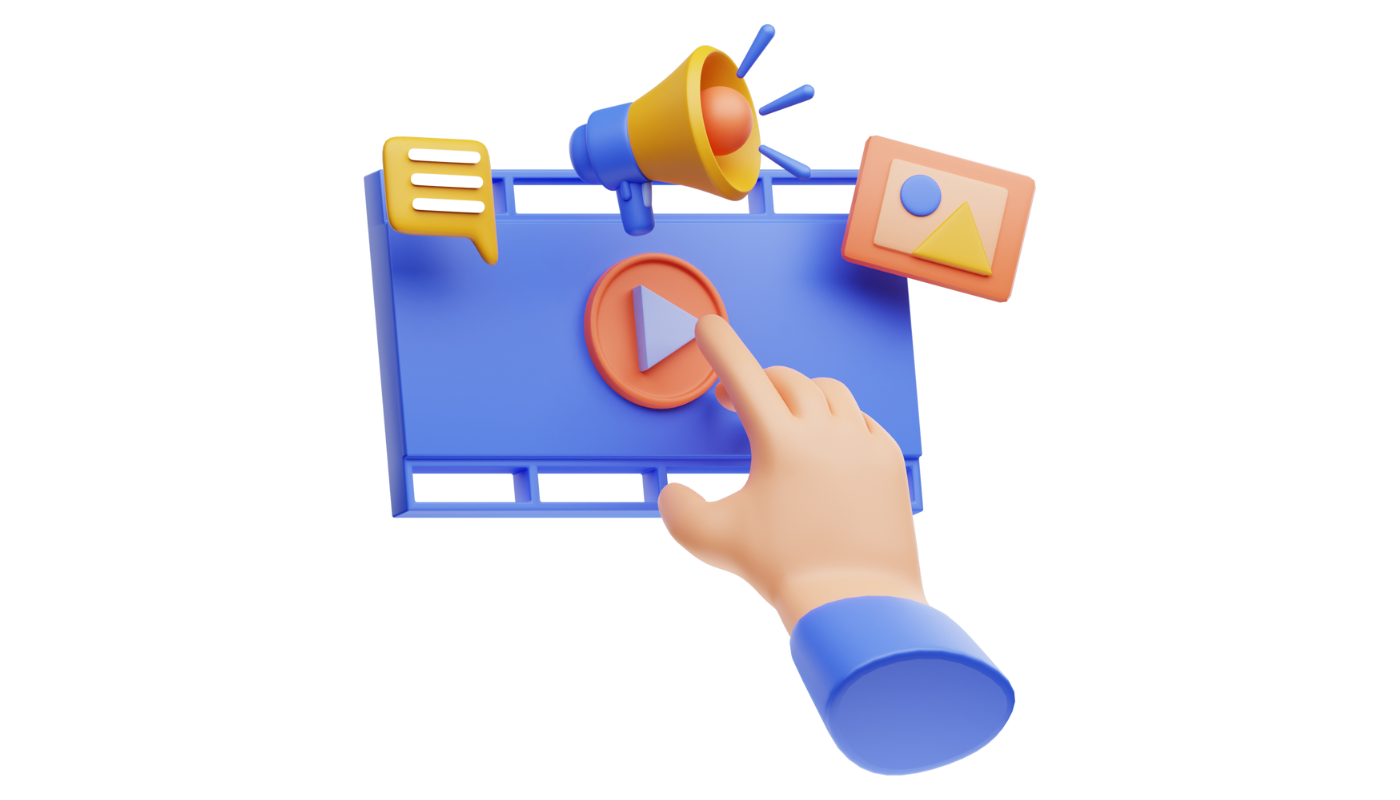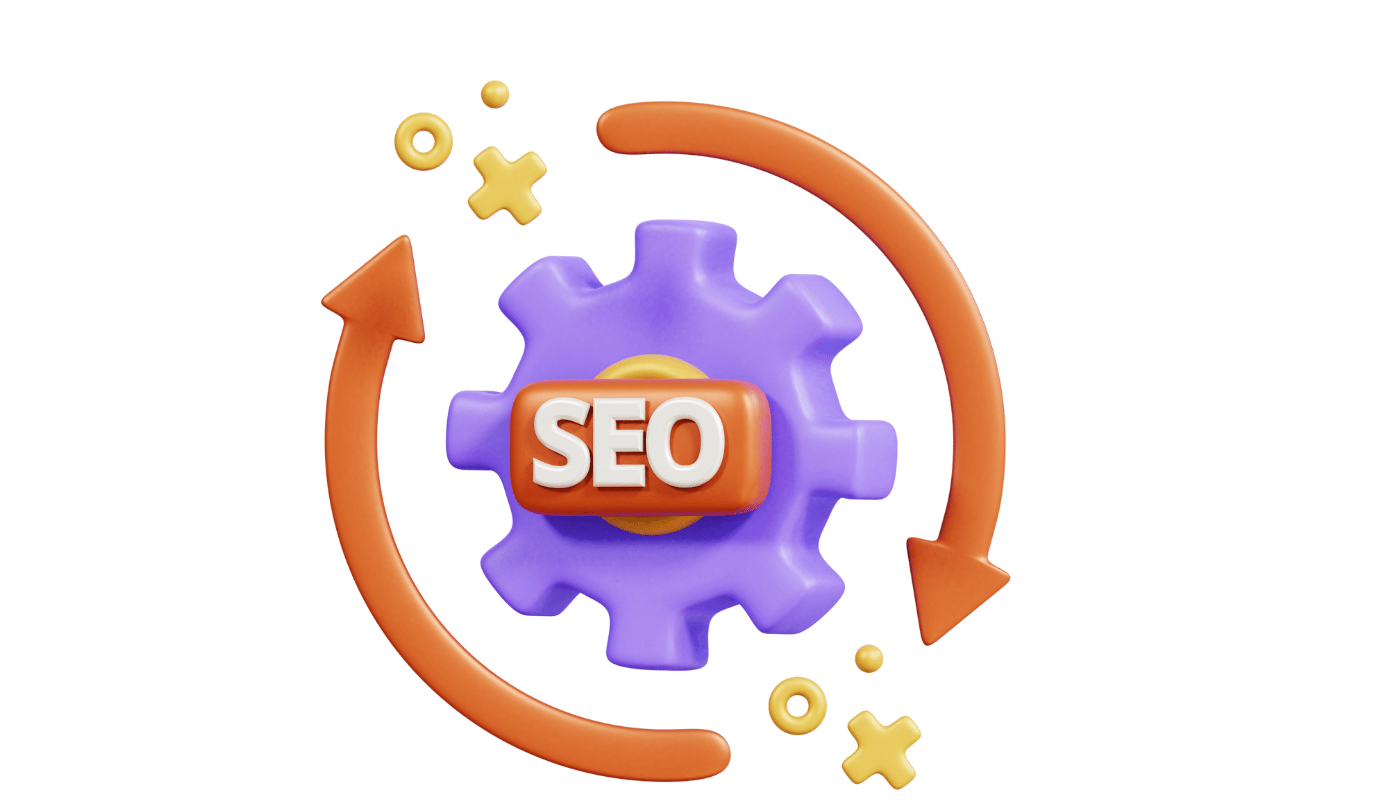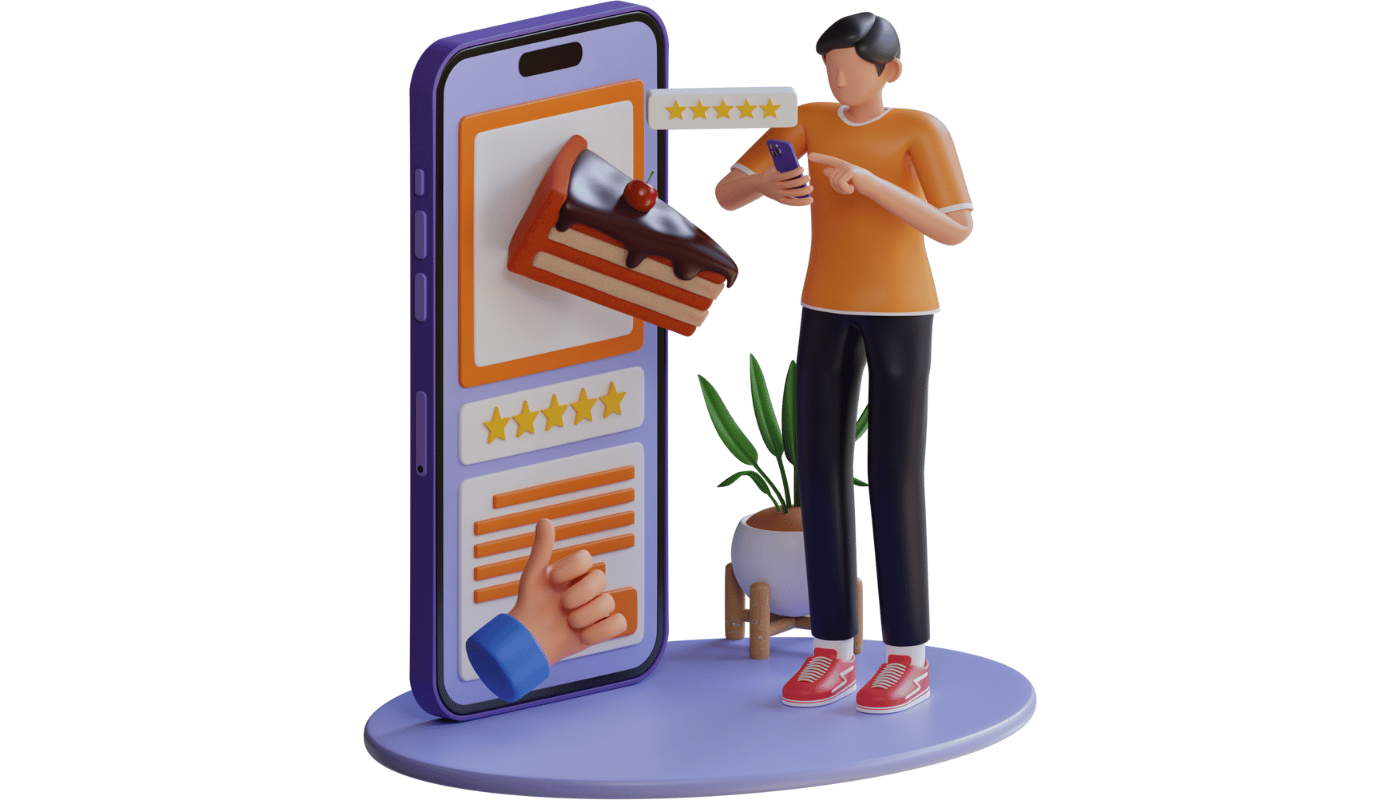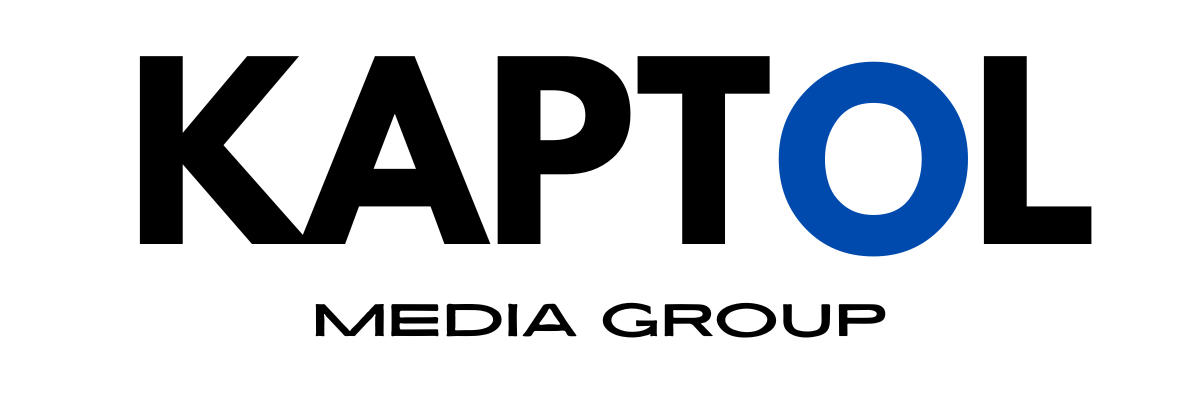Email Marketing Campaigns
Email Marketing Campaigns: Build an email list and send targeted campaigns.

Email marketing remains one of the most effective tools in a business’s digital marketing toolkit.
It’s not just a way to communicate directly with customers; it's a proven strategy to drive engagement, boost conversions, and foster brand loyalty.
A well-executed email marketing campaign can yield a high return on investment (ROI) while nurturing relationships with both potential and existing customers. The foundation of a successful email marketing strategy lies in two critical elements: building a robust email list and sending targeted campaigns.
Building an Email List: The Foundation of Your Email Marketing Strategy
To run a successful email marketing campaign, you must start by building a quality email list.
A quality list is more valuable than a vast, unfocused one.
Here are some key strategies to consider:
1. Create High-Value Lead Magnets
A lead magnet is a valuable resource or incentive that businesses offer to potential customers in exchange for their email address. This could be a downloadable eBook, a whitepaper, an exclusive discount, or access to a webinar. The key is to provide something that aligns with your audience’s interests and solves a problem they have.
For instance, a fitness company might offer a free workout plan, while a financial advisor could provide a guide on managing personal finances. The lead magnet should be highly relevant to your business and attract the type of audience you want to engage.
2. Use Opt-In Forms Strategically
Opt-in forms are essential for collecting email addresses. They should be strategically placed on your website to maximise visibility and conversions. Consider using pop-ups, slide-ins, or embedded forms on high-traffic pages such as your homepage, blog posts, or landing pages.
To make the opt-in process smooth, keep the form simple and only ask for necessary information—usually just a name and an email address. Also, ensure that your opt-in forms are mobile-friendly since many users access websites from their phones.
3. Leverage Social Media and Content Marketing
Social media platforms are a goldmine for building your email list. Use your profiles to promote your lead magnets and direct followers to your website’s opt-in forms.
Content marketing also plays a crucial role.
Publish valuable and engaging content on your blog or website, and use content upgrades (additional valuable content) to encourage readers to subscribe to your email list.
4. Offer Incentives for Sign-Ups
Incentives like exclusive discounts, free trials, or early access to new products or content can be powerful motivators for people to join your email list. For example, eCommerce websites often offer a percentage off the first purchase in exchange for a subscription.
5. Host Webinars and Events
Hosting webinars or virtual events is an excellent way to build an email list.
Require attendees to register with their email addresses, which gives you a highly targeted list of leads who are already interested in your products or services.
Follow up with attendees by sending them additional valuable content or offers.
Sending Targeted Campaigns: The Key to Maximising Engagement
Building a list is just the beginning. The true power of email marketing lies in sending targeted campaigns that are relevant to each subscriber’s interests and behaviors.
Here’s how to create campaigns that drive results:
1. Segment Your Audience for Better Targeting
Segmentation is the process of dividing your email list into smaller groups based on shared characteristics. This could include demographics, behaviour, purchasing history, engagement levels, or where they are in the customer journey.
For example, new subscribers might receive a welcome series of emails, while long-term customers could receive loyalty rewards or exclusive offers. By tailoring your messages to each segment, you increase the likelihood of engagement and conversions.
2. Craft Compelling Content and Subject Lines
The content of your email should be valuable, relevant, and engaging.
Begin with a compelling subject line that grabs attention and entices recipients to open the email. Your subject line should be concise, convey a sense of urgency or curiosity, and provide a clear benefit.
Once the email is opened, the content should deliver on the promise of the subject line. Use a conversational tone, personalise the email (e.g., addressing the recipient by name), and focus on providing value. Incorporate visuals, such as images or videos, to make the email more engaging, but avoid cluttering it with too many elements.
3. Personalise Your Emails for Higher Engagement
Personalisation goes beyond addressing recipients by their first names.
It involves tailoring content to their preferences, past behaviours, and interactions with your brand. Use dynamic content blocks to show different content to different segments, or personalise recommendations based on previous purchases.
For example, if a subscriber recently purchased a skincare product, send them personalised recommendations for complementary products or tips on how to use their recent purchase effectively.
Personalisation makes recipients feel valued and understood, increasing their likelihood of engaging with your emails.
4. Automate Your Campaigns for Consistent Communication
Automation allows you to send timely, relevant emails without manual intervention. Set up automated workflows for various scenarios, such as welcome emails, abandoned cart reminders, re-engagement campaigns, or post-purchase follow-ups.
Automated emails often have higher open and click-through rates because they are triggered based on specific actions or behaviours. For example, if a customer abandons their shopping cart, an automated email reminding them of their pending purchase, possibly with a special discount, can encourage them to complete the transaction.
5. A/B Test Your Campaigns to Optimise Performance
A/B testing (or split testing) involves sending two variations of an email to a small segment of your list to determine which one performs better. Test different elements, such as subject lines, email copy, images, call-to-action (CTA) buttons, or sending times.
Use the insights gained from these tests to refine your email strategy. For instance, if emails with a specific subject line have higher open rates, use similar language in future campaigns. Regular testing and optimisation are crucial for improving your email marketing results over time.

Measuring Success: Analysing Key Metrics
To understand the effectiveness of your email marketing campaigns, you need to track and analyse key performance metrics.
Here are some of the most important ones:
1. Open Rate
The open rate indicates the percentage of recipients who opened your email. A low open rate could suggest that your subject line needs improvement or that your emails are not reaching the right audience. Focus on crafting compelling subject lines and ensuring your emails are properly segmented.
2. Click-Through Rate (CTR)
CTR measures the percentage of recipients who clicked on a link within your email. This metric is crucial for understanding how well your content is resonating with your audience. To boost CTR, include clear and enticing CTAs, and ensure that your email content aligns with the link's destination.
3. Conversion Rate
Conversion rate tracks the percentage of email recipients who completed a desired action, such as making a purchase or signing up for a webinar. High conversion rates indicate that your emails are effectively driving action. To improve conversion rates, ensure your emails have a strong value proposition, clear CTAs, and a seamless user experience.
4. Bounce Rate
The bounce rate represents the percentage of emails that were not delivered to recipients' inboxes. A high bounce rate could indicate that your email list contains outdated or invalid addresses. Regularly clean your list to remove inactive or incorrect emails to maintain a healthy sender reputation.
5. Unsubscribe Rate
The unsubscribe rate shows the percentage of recipients who opted out of your email list after receiving an email. While some level of unsubscribes is normal, a sudden spike could indicate that your content is not meeting subscriber expectations. Pay attention to feedback and make adjustments to retain your audience.
Best Practices for Successful Email Marketing Campaigns
To maximise the impact of your email marketing campaigns, follow these best practices:
- Maintain Consistency: Send emails regularly but avoid overwhelming your subscribers. A consistent schedule builds anticipation and trust.
- Focus on Mobile Optimisation: Ensure your emails are mobile-friendly. Most people check emails on their smartphones, so responsive design is crucial for engagement.
- Comply with Regulations: Familiarise yourself with regulations like GDPR or CAN-SPAM Act to ensure compliance. Always provide an easy way for subscribers to opt-out.
- Build Trust with Your Audience: Use double opt-in methods to ensure subscribers genuinely want to receive your emails. Be transparent about what they will receive and how often.
Conclusion
Email marketing campaigns are a powerful way to connect with your audience, drive conversions, and build lasting relationships.
By focusing on building a high-quality email list and sending targeted, personalised campaigns, you can maximise engagement and achieve significant business results.
Remember to continually analyse and optimise your campaigns, keeping your content fresh, relevant, and aligned with your subscribers' needs.
In a digital landscape filled with fleeting trends, email marketing remains a steadfast, effective strategy to grow your business.









